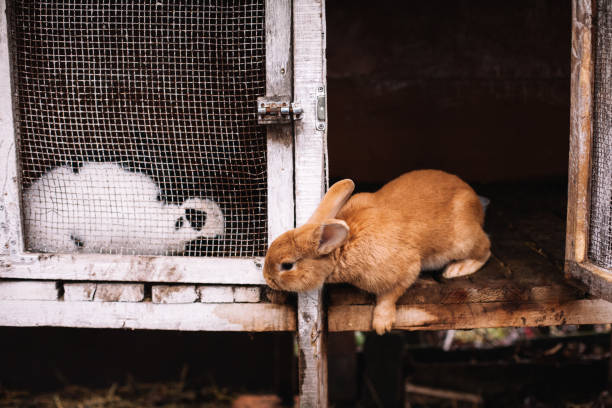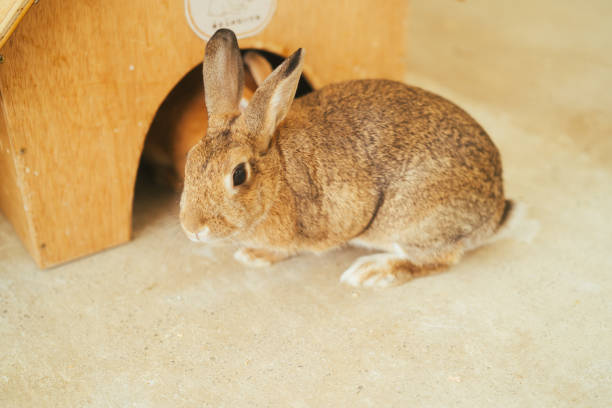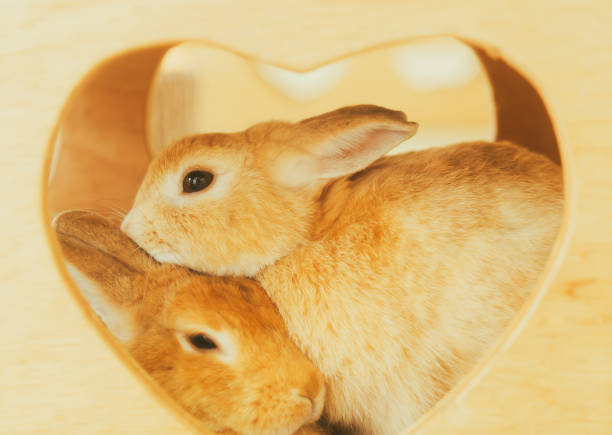Indoor Rabbit Housing Ideas
There are many ways you can create rabbit housing. For example, you can turn an unused cupboard or space under the stairs into a rabbit pen. You can also use yoga mats or carpet to keep the floor comfortable for your bunny.
Make sure the enclosure has pellets, hay, a tile or hide box and water. Also, make sure the cage is easy to clean thoroughly.
Pet playpen
Rabbits need a spacious main home where they can rest, go to the bathroom, and eat. They also need a space where they can play and hop around safely, but still be under your supervision. The best way to give your rabbits this freedom is by using a pet playpen. This is an inexpensive and easy-to-use alternative to a cage.
A pet playpen is an enclosure made of a series of panels. The panels are connected by clips and can be adjusted to fit your space. Some even have a door on the side of one panel. These pens are usually sold for dogs, but they can also be used for rabbits. The only downside is that the wire floor is not ideal for a bunny. The rabbits will chew on it and may hurt their hocks. A better option is to put down a mat or carpet that will keep the rabbits from scratching their hocks.

Some people use pet playpens as a temporary home for their rabbits when they’re visiting family or friends. They can also fold them up and place them in the trunk of their car. The resulting set-up can be very functional and aesthetically pleasing. A simple set-up includes a pen+shower curtain liner+sheet+food water crocks, hay basket, litter box, and toys. This is a great solution for those who have limited space or want to travel with their rabbits.
DIY enclosure
A DIY enclosure can be a great solution for an indoor rabbit housing. You can build a cage with a simple wooden frame and chicken wire or adapt an existing piece of furniture to make it suitable for a rabbit. A cupboard, space under the stairs or alcove would all be good places to consider. Look for a space that doesn’t take up too much people space so your rabbit has plenty of room to roam and move about.
If you decide to use wood, make sure it’s safe for rabbits and doesn’t contain harmful chemicals. You can also find pre-made bunny condos that are made from re-purposed furniture or wood. These are a good choice for people who don’t want to spend a lot of money on rabbit housing.

You can also purchase metal cages. These usually have a wire flooring, which is bad for a rabbit’s feet because it forces them to distribute their weight in an unnatural way. You can avoid this problem by placing a carpet or mat under the cage. You can also use plastic or powder coated mesh, which is non toxic when dry and provides a better finish than chicken wire. These are also available in a variety of colours, so you can choose one that best fits your rabbit’s personality.
Hutch
If you don’t have a backyard to house rabbits in, a hutch is a great option. The hutch is raised off the ground so it’s safe for them to move around, and it has large doors that make it easier to catch your rabbit. It’s also important to use a hutch that has a solid floor. Rabbits are prone to sore hocks if they stand on wire flooring.
Using wood for the frame of your hutch is a good idea because it’s durable and chew-proof, but you can also build the cage from metal or plastic sheets. Powder coated mesh is another excellent choice, as it is easy to clean and won’t rust. It’s also more attractive than chicken wire and is available in many different colors.

This hutch was converted from a piece of IKEA furniture, but you could start with any large peice of shelving. It’s big enough to offer plenty of exercise for your rabbit, and it blends in nicely with their decor. Rabbits love to play and zoomie, and a large cage will give them the space they need to stretch their legs. You can also add ramps to the hutch so they can run up and down on multiple levels. These ramps will keep your rabbit from getting bored and causing behavior problems.
Puppy exercise pen
A puppy exercise pen is an excellent choice if you want to house rabbits in a limited area of your home. These pens are normally made from wire panels that can be linked together to form different shapes, such as an octagon. They can also be a good choice if you have young children, as they can play safely in these enclosures without being able to get into other parts of the house. They can also help prevent boredom, which is very dangerous for rabbits and may lead to them chewing anything they see as interesting.
If you have a large pet playpen, consider adding a shelf to it – rabbits like raised platforms to rest and look from. You can also create a simple shelf by fitting a plastic chair mat, piece of linoleum or a rug to the floor – these are cheap, non-toxic and provide good grip for rabbit paws.
Another option for housing rabbits indoors is a bird aviary. These are available second-hand at thrift stores and can be disinfected properly to make them safe for rabbits. They are normally made from mesh, but you can use welded wire or plastic-coated chicken wire to make them safe for rabbits. This kind of cage is easy to clean, and you can even add a small ledge in the corner where your rabbits can rest.

